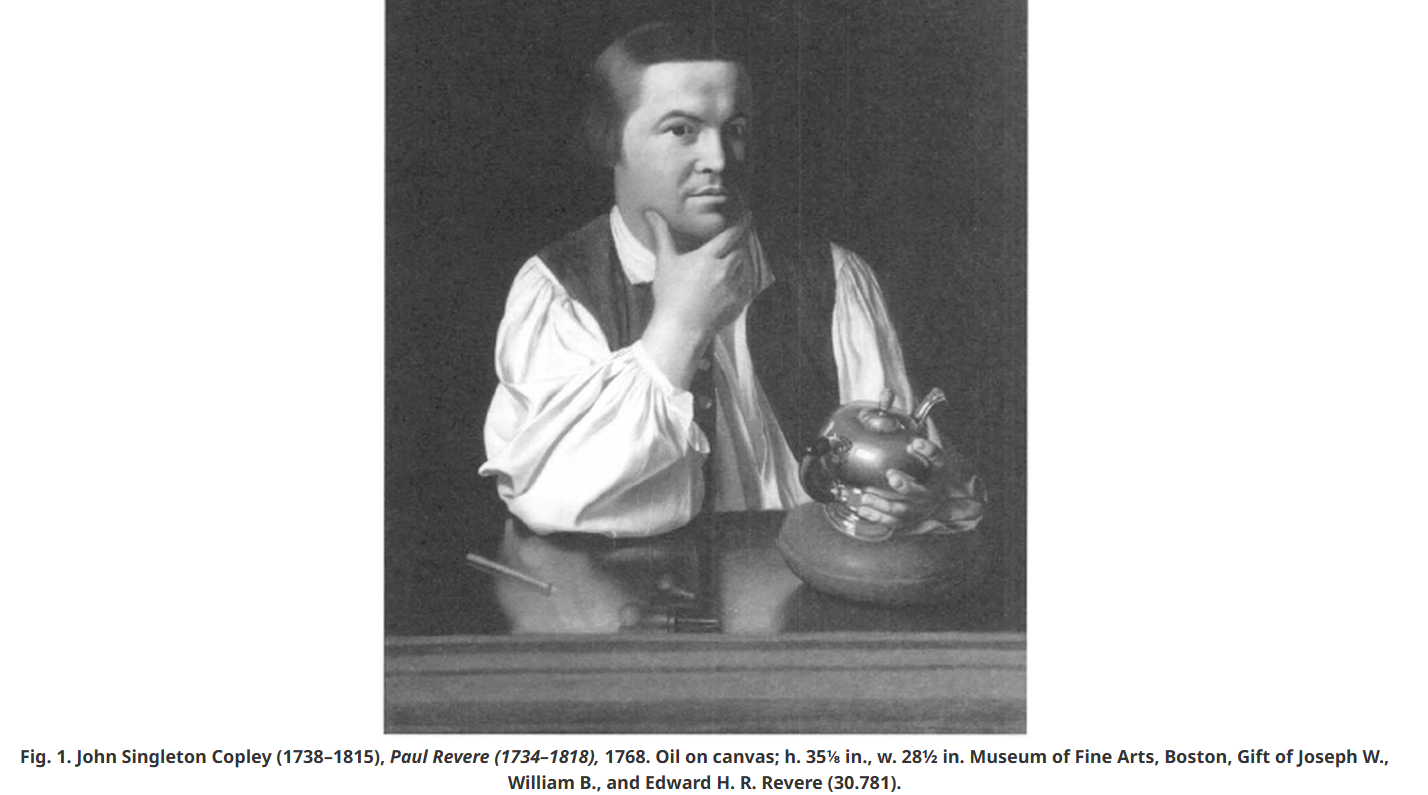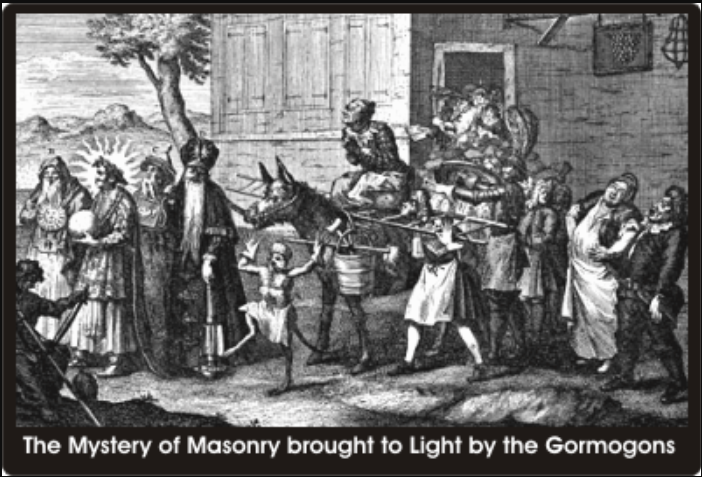
Freemasonry, one of the world’s oldest fraternal organizations, has long captivated the imagination of artists, writers, and composers. Rooted in symbolism, allegory, and moral teachings, most do not know that Freemasonry has left a deep imprint on Western culture, subtly shaping literature, visual arts, and music from the Enlightenment to the modern day. It is also important to mention that the men mentioned below may not have intentionally used the Craft in their works. Scholars continue to debate whether Freemasonry as a theme was the intent of the artists below with 100% certainty.
Freemasonry in Literature
Masonic themes in literature often revolve around secrecy, initiation, brotherhood, and enlightenment echoing the rites and mysteries of the Craft. Not all literature written by a Freemason of course can be defined this way. However, classic to modern works, and authors have woven Masonic elements into their storytelling, either overtly or through symbolism.
Alexander Pope and Jonathan Swift, both thought to be connected to Masonic lodges, infused their satirical writings with Enlightenment ideals championed by the fraternity.
Johann Wolfgang Goethe, a Freemason himself, saturated his works, particularly Faust, with esoteric and alchemical symbolism reflective of Masonic allegory. Faust can be summarized using Freemasonry tenets in this way:
- The Pursuit of Knowledge: The dangers and limitations of human knowledge.
- Temptation and Sin: The struggle between good and evil.
- Redemption and Salvation: The possibility of finding forgiveness and meaning.
- The Human Condition: The complexities of human desires and aspirations.
“Faust” is a masterpiece of German literature, rich in symbolism and philosophical depth. It continues to resonate with readers today, offering insights into the enduring questions of human existence.
Leo Tolstoy portrays Freemasonry with a curious depth in War and Peace, through the character of Pierre Bezukhov who seeks moral transformation through the Lodge.
Dan Brown, in The Lost Symbol, brings Masonic imagery and ritual to a wide audience, exploring their role in the founding of America and the Capitol’s architecture.
In poetry, William Blake, while never confirmed as a Mason, employed similar spiritual and initiative themes mirroring the mystic aspects of Freemasonry. Freemasonry’s literary representation often mirrors society’s fascination with the esoteric, combining moral striving with the search for truth and divine order.
Freemasonry in Visual Art
For those initiated into the fraternity and outside, most do not realize that visual arts with a Freemasonry motif. The visual arts have served as a canvas for Masonic symbolism—tools of the trade, biblical allusions, and architectural metaphors often stand at the heart of Masonic expression.
William Hogarth, the 18th-century satirist and believed Mason, included Masonic emblems and critiques of society in his paintings and engravings (see below).


John Singleton Copley, an American artist and Mason, painted numerous portraits of Masonic figures, subtly hinting at their fraternal affiliation through regalia or posture (see above Paul Revere painting).
Masonic tracing boards, crafted by unknown artisans across centuries, are masterpieces of symbolic teaching, blending geometry, mythology, and sacred architecture.
In architecture itself, Masonic influence is visible in structures like the House of the Temple in Washington, D.C., or even in the layout of Washington itself, allegedly filled with Masonic geometry and celestial alignments.
Stained glass windows, murals in lodges, and elaborate aprons reflect an aesthetic of sacred order, symmetry, and spiritual ascent.
This visual legacy reveals Freemasonry’s reverence for beauty, geometry, and balance principles linked not only to architecture but to the moral edifice of man.
Freemasonry in Music
The harmony and structure of music align naturally with Masonic philosophy. Music has played a central role in Masonic ritual, and several composers were inspired or influenced by the fraternity.
Wolfgang Amadeus Mozart, a known Freemason, embedded Masonic ideals in his operas especially The Magic Flute. This opera is filled with allegory: light vs. darkness, initiation, brotherhood, and the triumph of reason and virtue.
Ludwig van Beethoven and Joseph Haydn, though not confirmed Freemasons are associated with Masonic patrons and settings, and their compositions often reflect the order, discipline, and spiritual yearnings parallel to Masonic ethos.
In the United States, Masonic hymns and processional music particularly in the 18th and 19th centuries—were composed for installations, funerals, and public ceremonies.
More recently, composers like Jean Sibelius wrote Masonic ritual music, blending solemn tones with spiritual reverence.
The music of Freemasonry is meant to uplift the soul, echoing the Craft’s call to harmony and inner balance.

